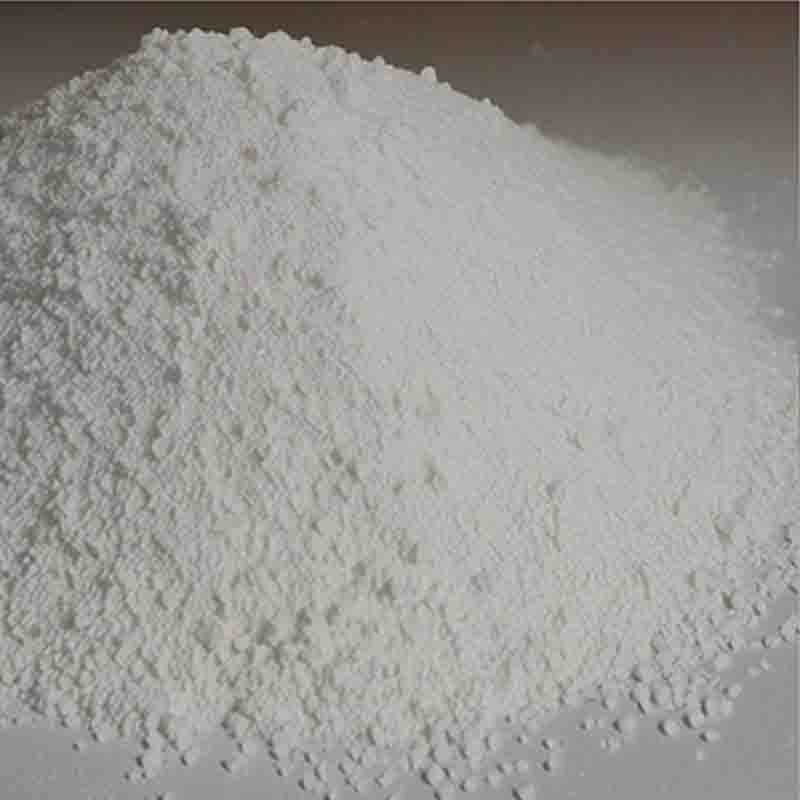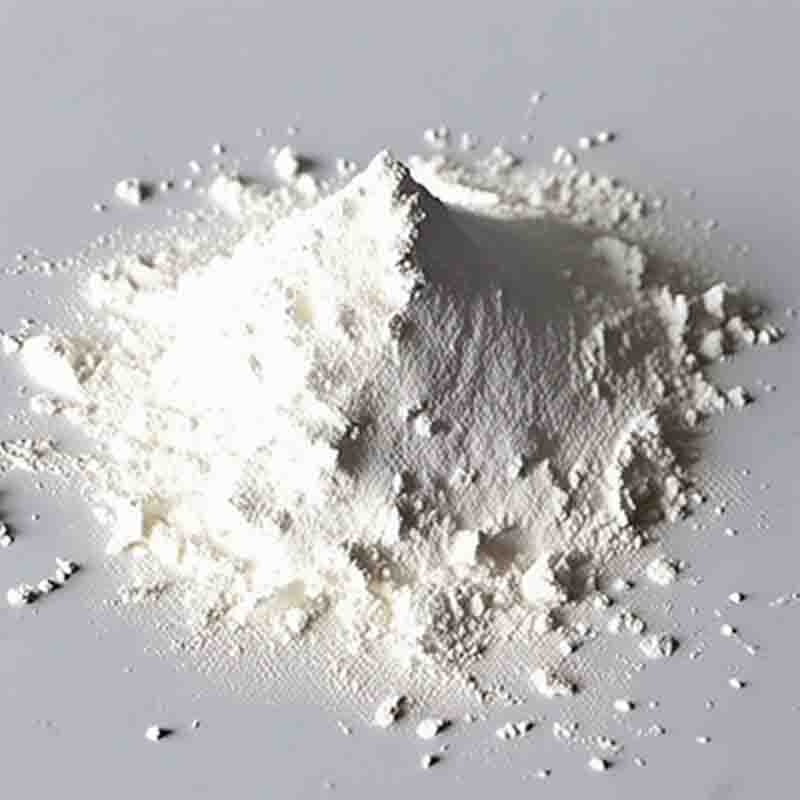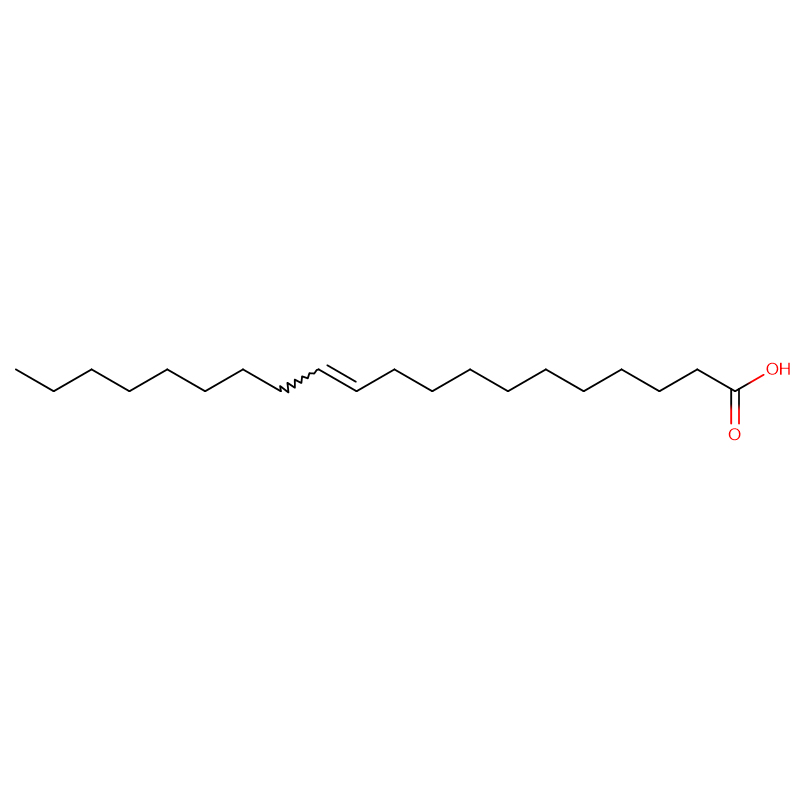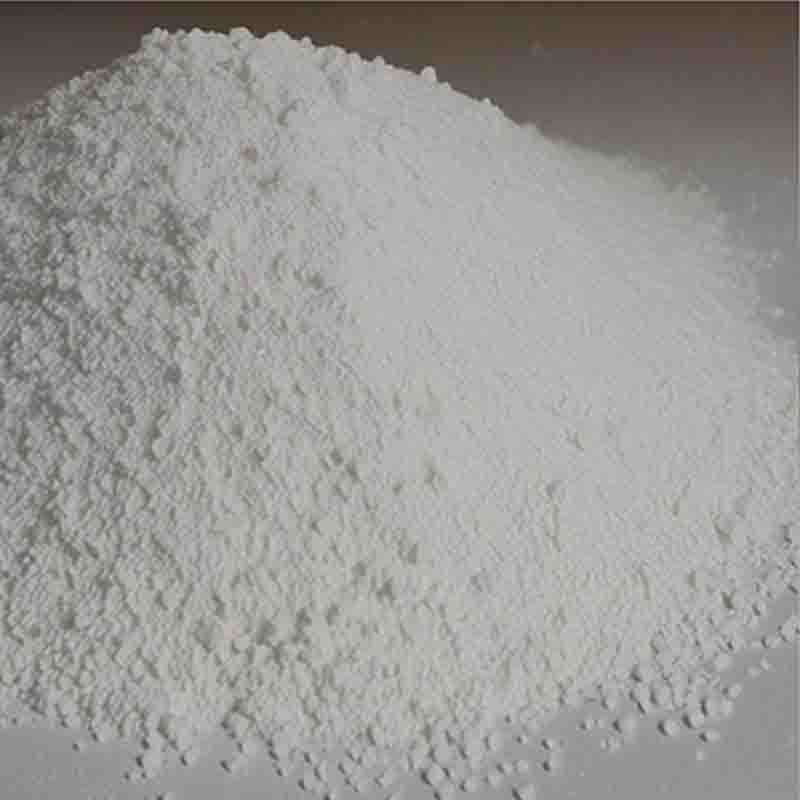N,N,N’,N’-TETRAMETHYL-D-TARTRAMIDE CAS: 63126-52-3
| Catalog Number | XD94223 |
| Product Name | N,N,N',N'-TETRAMETHYL-D-TARTRAMIDE |
| CAS | 63126-52-3 |
| Molecular Formula | C8H16N2O4 |
| Molecular Weight | 204.22 |
| Storage Details | Ambient |
Product Specification
| Appearance | White powder |
| Assay | 99% min |
N,N,N',N'-Tetramethyl-D-tartaramide, commonly known as TMTD, is a chemical compound that finds application in various industries due to its unique properties and functionalities. It is primarily used as a catalyst, reagent, or precursor in organic synthesis.One of the key applications of TMTD is as a strong base in organic reactions. It acts as a solution base and is particularly useful in reactions that require a basic environment. TMTD's strong basicity allows it to deprotonate acidic compounds, initiating a wide range of transformations such as aldol condensation, Claisen condensation, and Michael addition reactions. Its use as a base is valuable in the production of pharmaceutical intermediates, agrochemicals, and other fine chemicals.TMTD also serves as a reagent in various synthetic processes. It can be used as a protecting group for amines, alcohols, and carboxylic acids. By temporarily masking these functional groups, TMTD prevents unwanted reactions from occurring during specific steps of synthesis. Once the desired transformation is complete, the TMTD protecting group can be easily removed, revealing the original functional group. This application is particularly useful in the preparation of complex organic compounds.Another important use of TMTD is as a precursor for the synthesis of chiral ligands. Chiral ligands play a crucial role in asymmetric catalysis, enabling the production of enantiopure compounds. TMTD can be modified to introduce specific chiral groups, generating chiral ligands with unique properties. These ligands can then be employed in various asymmetric reactions, facilitating the selective formation of chiral products.Furthermore, TMTD finds application as a cross-linking agent in the manufacturing of rubber products. It acts as a sulfur donor during the vulcanization process, where it reacts with rubber chains to form a three-dimensional network. This cross-linking enhances the mechanical properties of the rubber, such as its elasticity, strength, and heat resistance. TMTD's use in rubber industry products includes tires, gaskets, seals, and various other rubber-based applications.In summary, N,N,N',N'-Tetramethyl-D-tartaramide (TMTD) has diverse applications as a base, reagent, precursor, and cross-linking agent in organic synthesis, protecting group chemistry, ligand synthesis, and rubber industry. Its strong basicity, protecting group capabilities, and ability to generate chiral ligands make it a valuable tool for chemists and researchers working in various fields. Additionally, its role in rubber vulcanization contributes to the production of high-quality rubber products with enhanced mechanical properties.


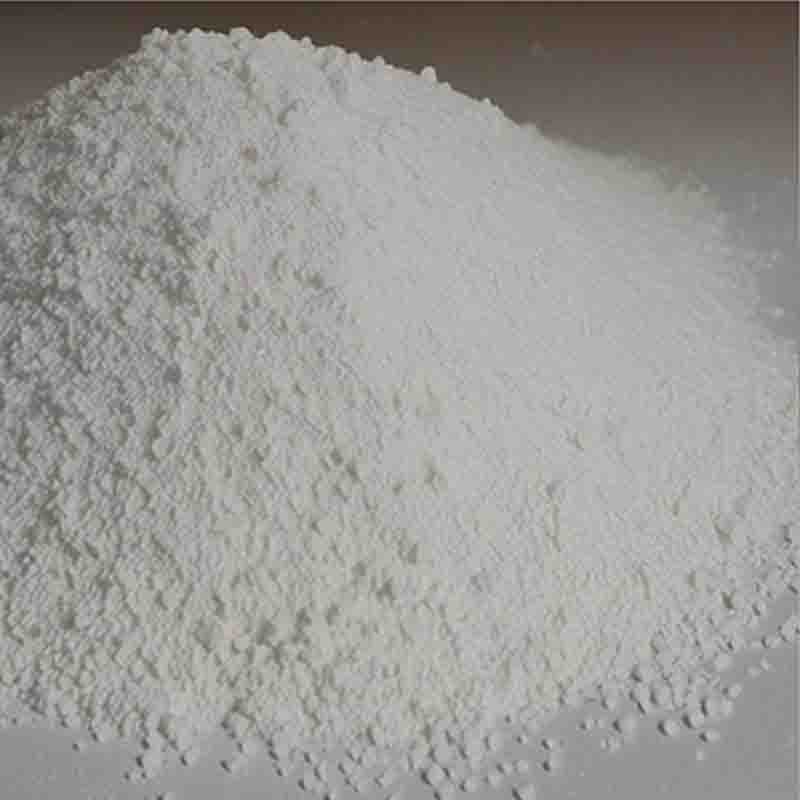

![5-CHLOROMETHYL-2,4-DIHYDRO-[1,2,4]TRIAZOL-3-ONECAS: 252742-72-6](https://cdn.globalso.com/xdbiochems/白色粉末21044.jpg)
